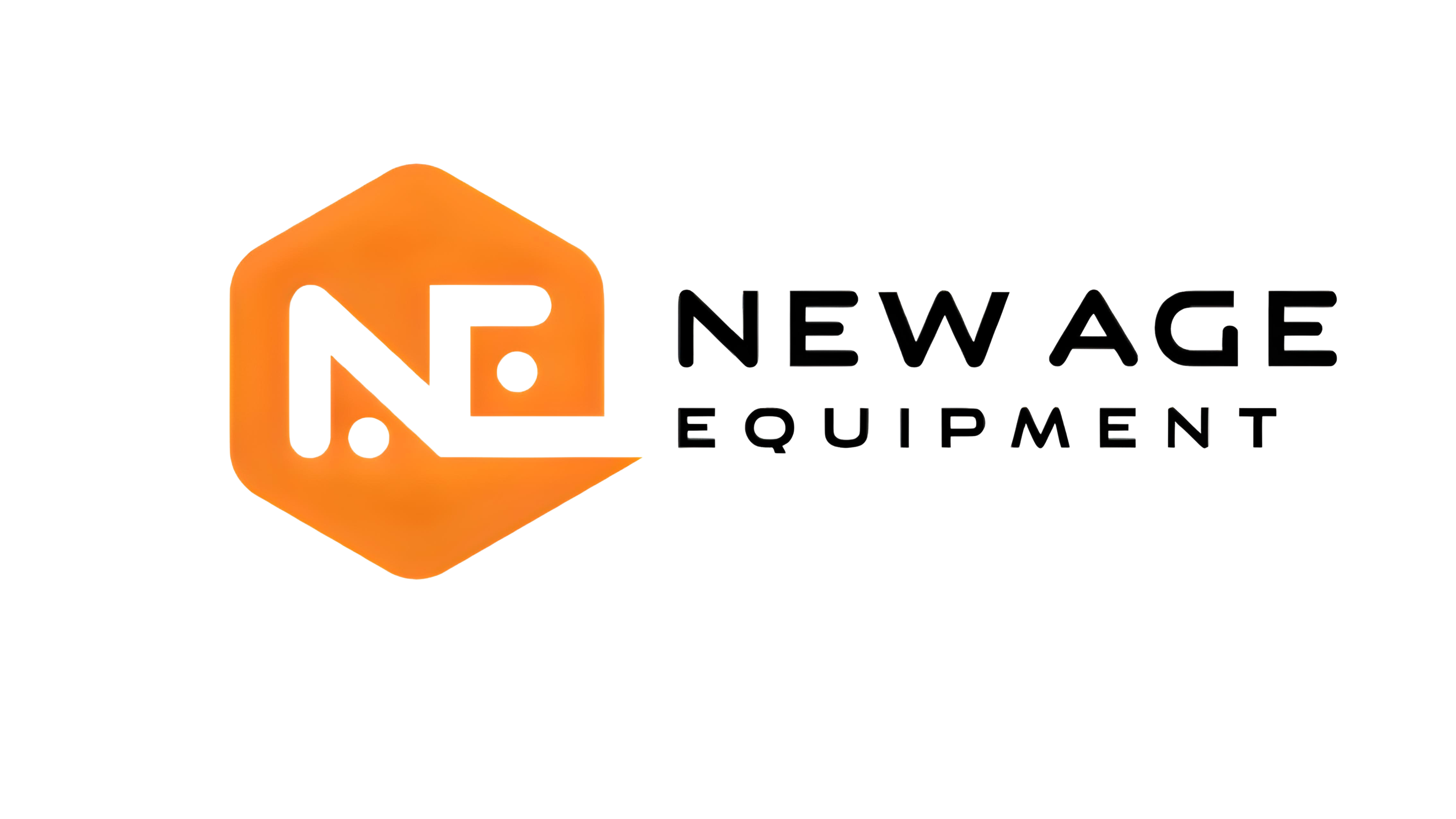How The New 20% QBI Deduction (199A) May Apply to Rentals (particularly triple net leases)
 As a refresher, the QBI deduction is available for the first time on your 2018 Form 1040. So, this is all new stuff for you and us (and the IRS). The new QBI deduction, created by the 2017 Tax Cuts and Jobs Act (TCJA) allows many owners of sole proprietorships, partnerships, S corporations, trusts, or estates to deduct up to 20 percent of their qualified business income. Yes, if you qualify – that may be a huge deduction for you. So, when it comes to the interpretation of 199A, there is a lot at stake for a lot of businesses.
As a refresher, the QBI deduction is available for the first time on your 2018 Form 1040. So, this is all new stuff for you and us (and the IRS). The new QBI deduction, created by the 2017 Tax Cuts and Jobs Act (TCJA) allows many owners of sole proprietorships, partnerships, S corporations, trusts, or estates to deduct up to 20 percent of their qualified business income. Yes, if you qualify – that may be a huge deduction for you. So, when it comes to the interpretation of 199A, there is a lot at stake for a lot of businesses.
Landlords have anxiously awaited further guidance in regards to Section 199A. There has been much speculation if, when and how the Section 199A would apply for them. Finally, on Friday, January 18, 2019, the Treasury Department and the Internal Revenue Service issued final regulations on the implementation of the new qualified business income (QBI) deduction for rentals. Now we have to interpret their interpretation. And, only time will tell, whether this final interpretation is their last interpretation (probably not).
What follows is specifically about landlords and the applicability of 199A. For starters, let’s define “triple net lease.” This term often comes up in business conversations. Interestingly, not everyone has the same definition in mind. So, excerpts from the first article below define some different types of leases before moving into the second and last article which tends to revolve around “triple net leases.” Please keep in mind that his interpretation of the final 199A interpretation as well as some of his opinions may differ from ours. Many parts of the new tax law are still fuzzy, moving targets and this one is no exception.
By Mark Bradstreet
By Rob Blundred – Commercial Sales Associate, Henkle Schueler and Associates
Aug 6, 2018
Net lease
The benefit of a net lease is that the landlord can charge a lower base rent price. However, along with the base rent the tenant is responsible for an “additional rent fee” which covers the operations and maintenance of the property. These costs can cover real estate taxes, property insurance and common area maintenance (CAM) items. The CAM fees cover the landlord costs for janitorial services, property management fees, sewer, water, trash, landscaping, parking lot, fire sprinklers, and any shared area or service.
There are several types of net leases:
• Single net lease (N lease). In this lease, the tenant pays base rent plus their pro rata share of the building's property tax (meaning a portion of the total bill based on the proportion of total building space leased by the tenant). The landlord covers all other building expenses. The tenant also pays utilities and janitorial services.
• Double net lease (NN lease). The tenant is responsible for base rent plus their pro-rata share of property taxes and property insurance. The landlord covers expenses for structural repairs and common area maintenance. The tenant once again is responsible for their own janitorial and utility expenses.
• Triple net lease (NNN lease). This is the most popular type of net lease for commercial freestanding buildings and retail space. The tenant pays all or part of the three "nets" – property taxes, insurance, and CAMS – on top of a base monthly rent.
Absolute triple net lease
The absolute triple net lease is an extreme form of an NNN lease where the tenant absorbs all of the real estate risk and responsibility. The tenant is ultimately responsible for all building-related expenses and repairs, including roof and structure.
Modified gross lease
The appeal of a modified gross lease is the tenant has one set amount to pay each month. In a modified gross lease, the base rent and “nets” (property taxes, insurance and CAMS) are all included in one lump sum payment; excluding utilities and janitorial services, which are typically covered by the tenant.
The benefit of a modified gross lease is their flexibility. They are generally an easier agreement to make between the landlord and tenant. The risk is if insurance, taxes or CAM increase or decrease the cost or savings is passed on to the landlord.
Why Is the IRS Punishing Triple Net Landlords?
Alan Gassman Contributor to Forbes Jan 26, 2019
Retirement (writes about tax, estate and legal strategies and opportunities.)
“There are horrible people who, instead of solving a problem, tangle it up and make it harder to solve for anyone who wants to deal with it.
Whoever does not know how to hit the nail on the head should be asked not to hit it at all.”
- Friedrich Nietzche
While the IRS as a whole is by no means “horrible,” the new Final Regulations regarding Section 199A of the Internal Revenue Code must seem that way to landlords who lease property under triple net leases. The vast majority of these will not be considered to be “active trades or businesses” for purposes of qualifying for the 20% deduction that will be available to most active landlords.
Code Section 199A was introduced to the Internal Revenue Code as part of the 2017 Tax Cuts and Jobs Act with the intent of giving taxpayers some degree of parity with the 21% income tax bracket bestowed upon large and small companies that are taxed as separate entities (known to tax professionals as “C corporations." C corporations are different than “S corporations,” as S corporations report their income under the “K-1” system that causes the shareholders to pay the income tax on their personal returns).
Since the term “trade or business” was not defined under Section 199A, the real estate community has been waiting for the Final Regulations which were released on Friday, January 18, and basically follow what the Proposed Regulations (released last August) said, which is that passive investors are not considered to be an active trade or business, even though they take significant economic risks and may work hard to verify that the tenants pay the taxes, insurances and maintenance of the leased property, comply with applicable law and otherwise do what tenants are supposed to do.
The practical result will be that landlords will need to become active and possibly renegotiate lease terms to have at least a chance of being eligible to have the deductions that other landlords will have, or to perhaps qualify under the new safe harbor rules that allow the deduction to non-triple net leases if they satisfy the 250 hour per year requirement, which requires tabulation of the work hours of landlords and agents of landlords, and certain time log and verification procedures.'
This seems very unfair since REIT (Real Estate Investment Trusts) income will often include triple net lease profits that will qualify for the Section 199A deduction, and C corporations only have to pay the 21% rate on net income from triple net leases.
Tax professionals, and masochists may enjoy or derive a better understanding by reading on.
The new Final Regulations refer to several Supreme Court cases to aide in defining what types of enterprises will qualify as a trade or business, and these cases do not bode well for landlords of triple net leases. For example, the Final Regulations cite to the Supreme Court’s 1987 landmark “trade or business” case, Commissioner v. Groetzinger, which held that to be engaged in a trade or business the following two requirements must be met:
1. The taxpayer’s involvement must be continuous and regular; and
2. The primary purpose of the activity must be for income or profit.
The very definition of a triple net lease seemingly disqualifies the majority of triple net landlords from qualifying under this definition under the assumption that they do not have continuous and regular involvement.
With triple net leases, the tenant is usually responsible for the three “nets”: real estate taxes, building insurance, and maintenance. By having the tenant be responsible for most of the on-site responsibilities, the landlord is able to spend more time and effort buying and selling other properties and therefore investing more into the economy.
In turn, triple net lease agreements usually benefit the tenant because the pricing of the agreement will reflect the fact that the tenant will be responsible for a lot of the on-site responsibilities. Now tenants have the upper hand when landlords ask to be allowed to provide at least 250 hours of services per year (cumulatively, as to all leases that the landlord will aggregate under the complicated aggregation rules, which are discussed in our blog post entitled Real Estate: Investing with Section 199A: Don’t Let Your Deductions Fly Out the Window).
The new Final Regulations do, however, contain one saving grace for taxpayers with triple net leases by quoting the 1941 Supreme Court case of Higgins v. Commissioner.
In Higgins the Supreme Court stated that the determination of “whether the activities of a taxpayer are ‘carrying on a business’ requires an examination of the facts in each case.” Since it is a factual determination, a taxpayer with the right facts can successfully argue that his or her triple net or almost triple net rental enterprise should constitute a qualified trade or business.
However, doing so will be a tough and expensive hurdle for many landlords to jump over.
Perhaps Congress will act in a compromise to assist the continued growth in the economy in recognizing that taxpayers with triple net leases put themselves at significant financial risk, in that tenants like Toys R Us and Sears may go bankrupt and leave a landlord high and dry after many months of eviction and then bankruptcy litigation. Many landlords are not aware that the bankruptcy law allows tenants to have the court terminate long term leases and limit damages to one year of rent.
Non-triple net lease landlords who spend considerable time in their leasing activities can take considerable comfort from Notice 2019-7, which was published alongside the new Final Regulations. The Notice provides the above-mentioned safe harbor for non-triple net leases to be “treated as a trade or business solely for the purposes of Section 199A.”
Under the new safe harbor, non-triple net rental real estate may be treated as a trade or business, if the following three requirements are met:
1. separate books and records are maintained to reflect income and expenses for each rental real estate enterprise;
2. 250 or more hours of rental services are performed per year with respect to the rental enterprise; and
3. the taxpayer maintains contemporaneous records, including time reports or similar documents, regarding the following: a) hours of all services performed, b) description of all services performed, c) dates on which such services are performed, and d) who performed the service.
Interestingly, while triple net lease arrangements outside of REITs will likely not qualify under Section 199A, banks that are taxed as S corporations, or partnerships, are eligible for the deduction, although in many respects a loan is like a triple net lease where the landlord has put money out for a long term series of payments, where in many cases the vast majority of the value is in the years of payments to be received, just like a long term promissory note.
It is even more disturbing that other types of businesses involving much less risk on the part of the owner qualify for the deduction. These include brothels, franchisors and vending machine owners. How is it possible that a brothel owner sitting back and receiving rent from independent contractor "professional entertainers" may qualify for the benefits of Section 199A, but taxpayers with triple net leases do not?
Thank you for all of your questions, comments and suggestions for future topics. As always, they are much appreciated. We may be reached in our Dayton office at 937-436-3133 or in our Xenia office at 937-372-3504. Or, visit our website.













